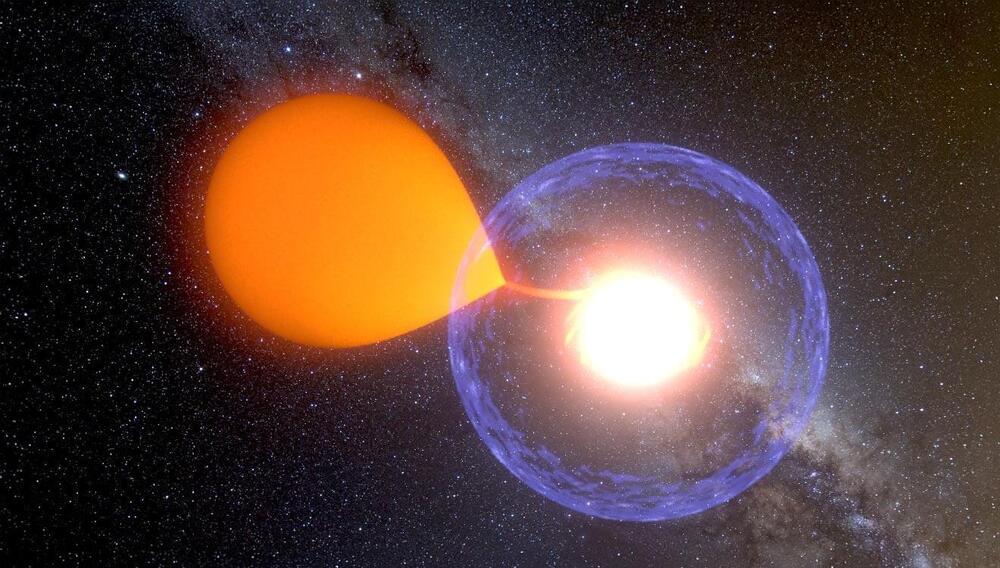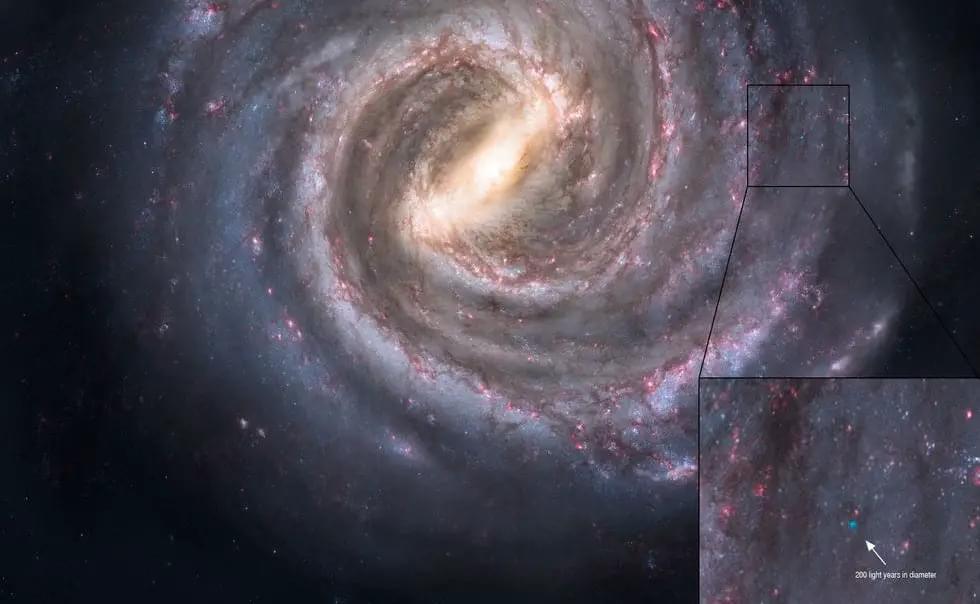OpenAI today announced an improved version of its most capable artificial intelligence model to date—one that takes even more time to deliberate over questions—just a day after Google announced its first model of this type.
OpenAI’s new model, called o3, replaces o1, which the company introduced in September. Like o1, the new model spends time ruminating over a problem in order to deliver better answers to questions that require step-by-step logical reasoning. (OpenAI chose to skip the “o2” moniker because it’s already the name of a mobile carrier in the UK.)
“We view this as the beginning of the next phase of AI,” said OpenAI CEO Sam Altman on a livestream Friday. “Where you can use these models to do increasingly complex tasks that require a lot of reasoning.”









